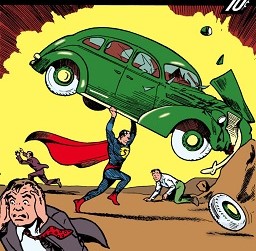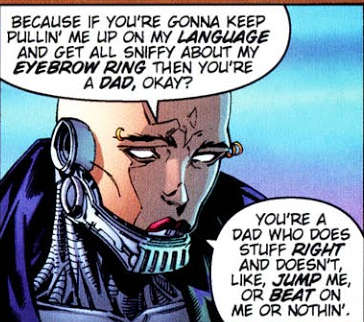
Reading about Texas feuds today, because Reasons, and ran across this, from the Baltzell-Brantley feud.
The start: William Baltzell whips one of John Brantley's slaves. (No one knows why). Brantley seeks satisfaction. Baltzell kills him. Leading to many more murders and--
1/
The start: William Baltzell whips one of John Brantley's slaves. (No one knows why). Brantley seeks satisfaction. Baltzell kills him. Leading to many more murders and--
1/
Brantley's brother Arnold Brantley, a Confederate "secret agent", confronts one of William Baltzell's allies, a planter named Green, in Jackson MS.
Green expressed glee over John Brantley's death & tells Arnold "for a quarter, I'd just as soon see you in the ground as well." 2/
Green expressed glee over John Brantley's death & tells Arnold "for a quarter, I'd just as soon see you in the ground as well." 2/
Arnold leaves, gets his gun, returns, and tells Green "I am Arnold Brantley, brother of Dr. Brantley who was murdered by the Baltzell brothers, and whose murder you endorsed; you would kill me for twenty-five cents, by God I’ll kill you for nothing.”
3/
3/
Arnold then shot Green in the face, killing him. Arnold returned to the war and afterwards moved to Texas. Never was tried for the murder.
(The Baltzells won the feud, unfortunately)
4/4
(The Baltzells won the feud, unfortunately)
4/4
• • •
Missing some Tweet in this thread? You can try to
force a refresh













